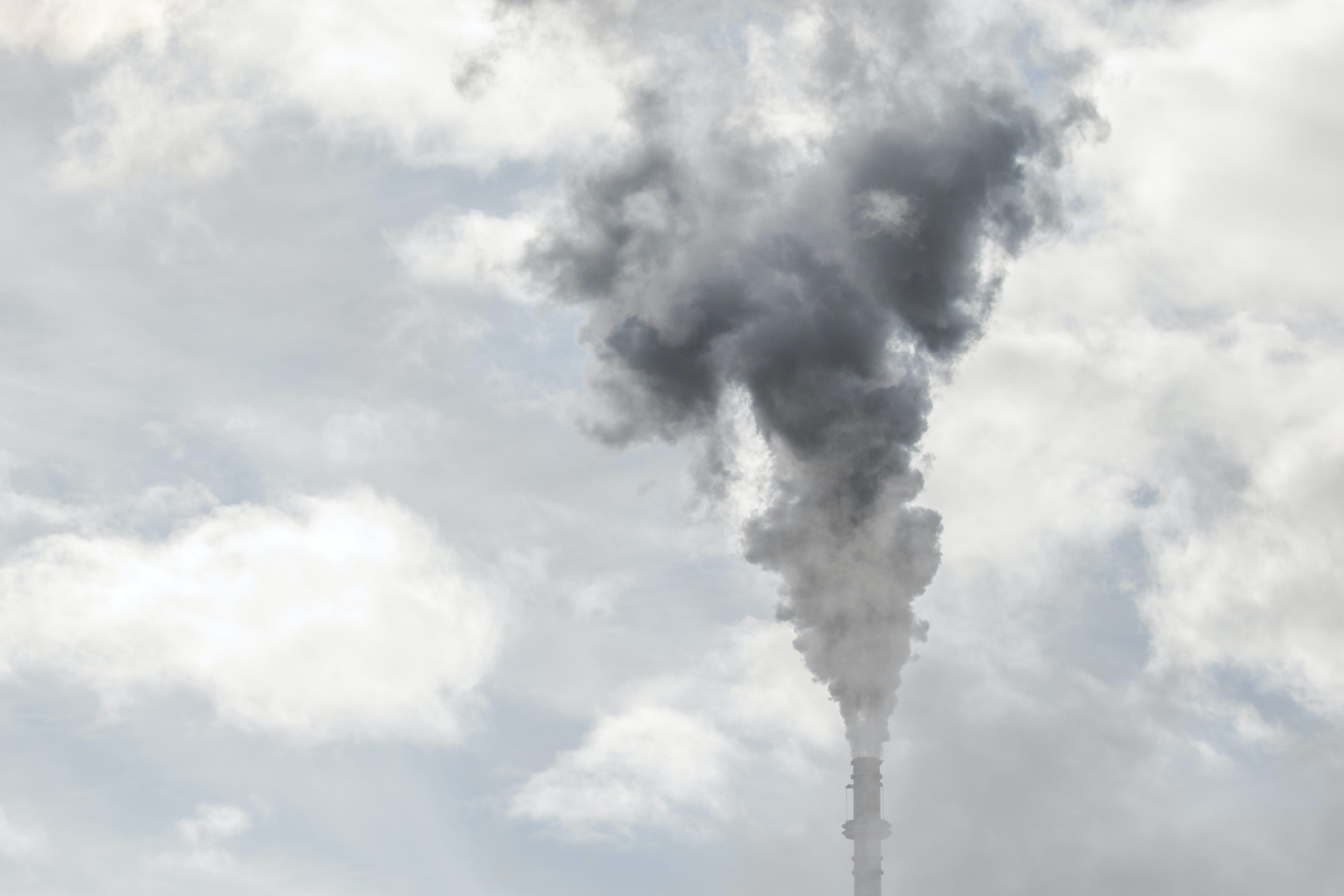Carbon dioxide exists everywhere. It’s in every breath we take; it keeps trees and plants around us lush and green; it even gives our soft drinks fizz. But because the ever-present gas also helps holds the sun’s heat in our atmosphere, it has taken on an edge of notoriety in recent years. Increasing amounts of carbon dioxide emitted from sources like factories, cars, and power plants have been blamed for contributing to climate change (along with a list of other “greenhouse gases,” including methane). Carbon dioxide molecules can last in the atmosphere for a century or more, and many experts see too much of it as a bad thing.
The idea of a “carbon footprint” has been developed to tally the amount of carbon dioxide anything emits, directly or indirectly-from a coal-fired power plant to a family of four. Technically, each of us expands our own carbon footprint every time we exhale, although the amount really adds up when it comes to burning fossil fuels like coal, gasoline, and natural gas. Burning these fuels releases carbon dioxide into the atmosphere, and everyone connected to those emissions (such as a family driving a car or using electricity) boosts their own carbon footprint.
The sources making up carbon footprints are often broad in scope, spanning state and sometimes national boundaries. The U.S. Environmental Protection Agency (EPA) breaks sources of carbon dioxide emissions into three categories, applied here to a family as an example: direct emissions, such as from the family minivan; indirect emissions from generation of the electricity they use; and all other indirect emissions, from trash to the manufacture of every item bought. (For example, how much electricity went into making your television, and how many miles did a tractor-trailer drive to get it to the store?) All things considered, the average U.S. household is responsible for 21 tons of carbon dioxide a year, according to the EPA, an amount that would take more than four acres of pine trees to soak up.
Many companies are using the idea of carbon footprints to show consumers just how much carbon dioxide was released in getting one particular item to them. PepsiCo, for example, recently determined that 3.75 pounds of carbon dioxide are emitted for every half-gallon carton of Tropicana Pure Premium Orange Juice it produces. With this information, steps can be made to reduce emissions. This applies to companies and individuals alike. A family can trim their carbon footprint by trading in the minivan for a more fuel-efficient vehicle, and by making their home more energy efficient to cut back on electricity use. Best of all, these measures not only cut carbon emissions but gasoline and electric bills as well.
As Congress considers legislation to limit carbon dioxide emissions, associated costs will impact everyone. Consumers paying electric bills, and every company making products with electricity generated from fossil fuels, will foot the tab. Electric cooperatives are asking elected officials to address climate change issues in an affordable and environmentally responsible fashion.

